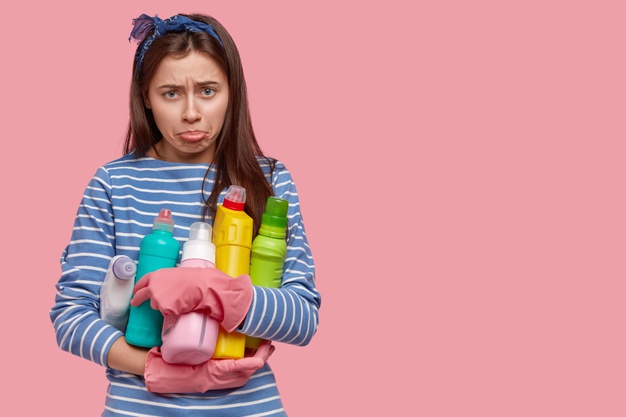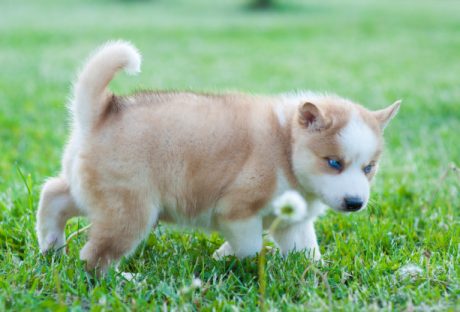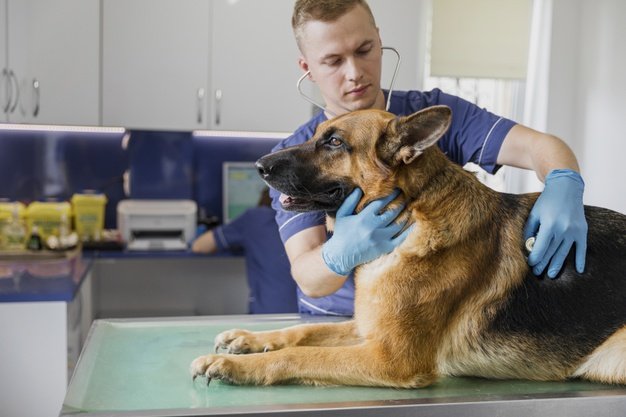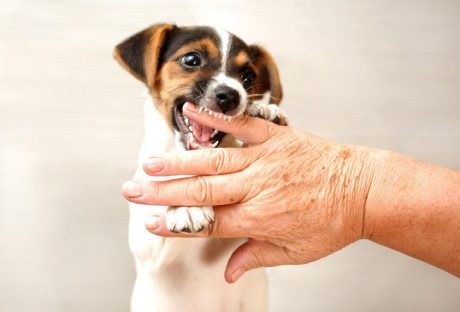Dealing with bed bugs by yourself is a tricky yet not entirely impossible thing to do. Those hitchhiking pests can often “ride” on your clothing and bedding textile – that is the primary way they spread and infect new areas.
Certified pest control Croydon specialists are today giving out a piece of valuable advice on killing bed bugs by simply doing your laundry smartly and appropriately.
What detergents to use?
Regular, budget-friendly soaps and detergents are part of many bed bug treatment solutions, as they are capable of killing bed bugs under certain conditions.
Actually, your success story will not be heavily influenced by the kind of detergent you use but rather by the combination of actions taken to exterminate bed bugs from your clothing and textiles.
Bed bugs generally do not tolerate water
Water is not a part of bed bugs’ usual habitat – they cannot swim and will simply drown when having to stay in the water for more than a few minutes.
There is some good news and some bad news about this. The good news is that soaking your clothes in water for about 24 hours will kill most of the adults and nymphs of bed bugs. The bad news is that their eggs will survive, hatch, and keep the infestation going.
Low-temperature washing won’t always work.
Many studies suggest that doing your laundry at 30-40 degrees Celsius for 30-40 minutes will kill 100% of adult bed bugs and also 100% of their nymphs.
Anyway, your problem will not be solved in the long run since about 75% of the bed bug eggs will survive and make the problem sooner or later reappear.
High-temperature washing and hot air drying are a game-changer
Washing your textiles at 60 degrees Celsius for 30 minutes or more is proven to exterminate 100% of the bed bugs in all life stages.
On the other hand, though, that might not be appropriate for certain sensitive clothing types, so you should always check the label for the washing instructions, temperatures including.
Dry Cleaning can reduce the growth of bugs
Dry cleaning is also proven to eliminate all bed bugs successfully. This is the only suitable type of bed bug treatment for temperature-sensitive and delicate fabrics such as cotton, wool, and linen, for example.
Every certified dry cleaner out there will offer consultation and guarantee 100% bed bud removal.
Seek professional advisory and assistance
You can easily handle bed bug infestation on your textiles by merely doing your laundry right. Unfortunately, the same cannot be said for your mattress, pillows, carpets, and furnishings, which had also been invaded by bed bugs.
For greater and more widespread infestations, calling a professional bed bug exterminator might be your only chance to swiftly, intelligently, and successfully handle the situation.
You can always check in with an expert to seek advice, schedule an on-site evaluation, and receive valuable information tailored to the specifics of your case.






















